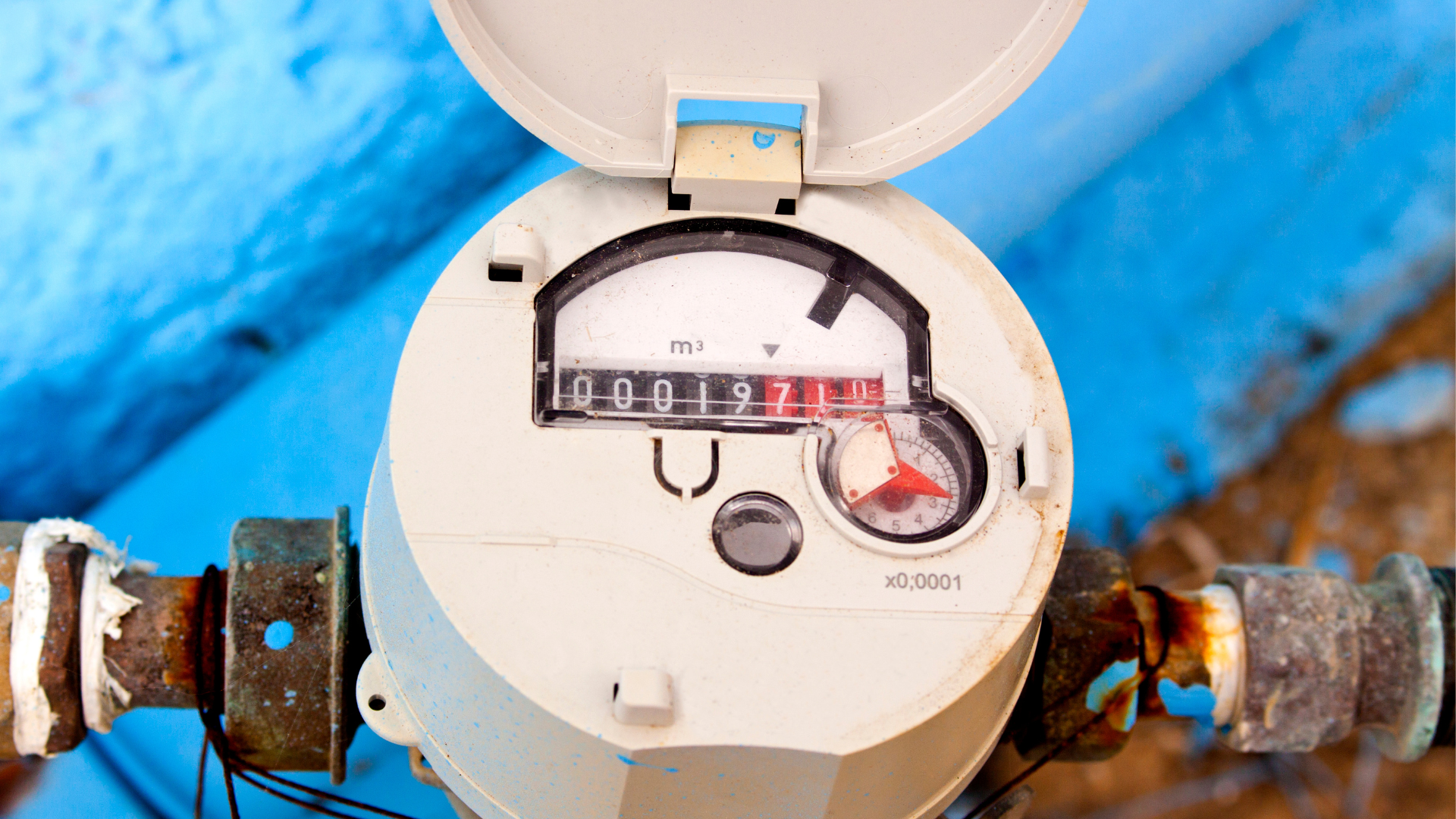SUSTAINABLE BUSINESS
Are you overwatering your turf?
Too much water can wreak havoc on your turf health, and your water bills.
Did you know that overwatering can have a negative impact on your turf? Here’s what can happen, and how to know if your watering is doing more harm than good.
Consequences of over-watering
The impact of over-watering is not just in terms of an added water bill, but also impact on turf health and surface performance. Over-watering can:
- Create softer surfaces which are more easily damaged during use
- Encourage weed species
- Increase the risks of turf disease
- Reduce soil aeration and in turn damage turf roots and reducing turf resilience
- Reduce the soil’s natural ability to create structure and drainage
Quick win
- Check the direction of your sprinkler heads to ensure they provide uniform water coverage across the entire field. This will reduce patchy turf and water wastage.
How can I find out if my turf is being overwatered?
Get an irrigation audit
During an irrigation audit, an irrigation specialist will usually use a soil probe (these cost around $1000 or more) to determine the exact conditions of your turf. They will investigate things like the how much water the soil can store after irrigation or rain, and how much water evaporates during the day. After they assess the condition of your soil, the irrigation specialist will usually provide recommendations on how to improve your turf. These may include adjusting the frequency and duration of watering, or repairing broken parts of your system.
Take a manual sample
A more affordable option is to use a soil sampler. A soil sampler is a manual tool that you push into the soil to remove a section up to a 15cm deep.
Soil samples
To determine your soil conditions, use a soil sampler to take plugs out from various locations across the field.
Assess the results
To determine your soil conditions, use the soil sampler to take plugs out from various locations across the field. Then, assess the samples to determine if you are overwatering your turf.
Sticky and wet – too much water.
- Reduce watering duration
- Water in the morning rather than the evening
Powdery and dry – may need more water.
- Increase watering duration
- Consider an efficient irrigation system or rainwater harvesting
If you need to increase the frequency or duration of watering, consider getting some advice on optimising your system. Sometimes small things like the direction of sprinkler heads can cause your system to waste lots of water. Also, if water is a large cost for you, a rain water harvesting system such as a tank may be a wise investment.
Is your turf dry and your bill high?
Check the direction of your sprinkler heads. Sprinkler heads can move over time, resulting in precious water being sprayed onto footpaths and hard surfaces, instead of your turf. This can result in dry patches, and wasted water.
Contributor: Labosport





